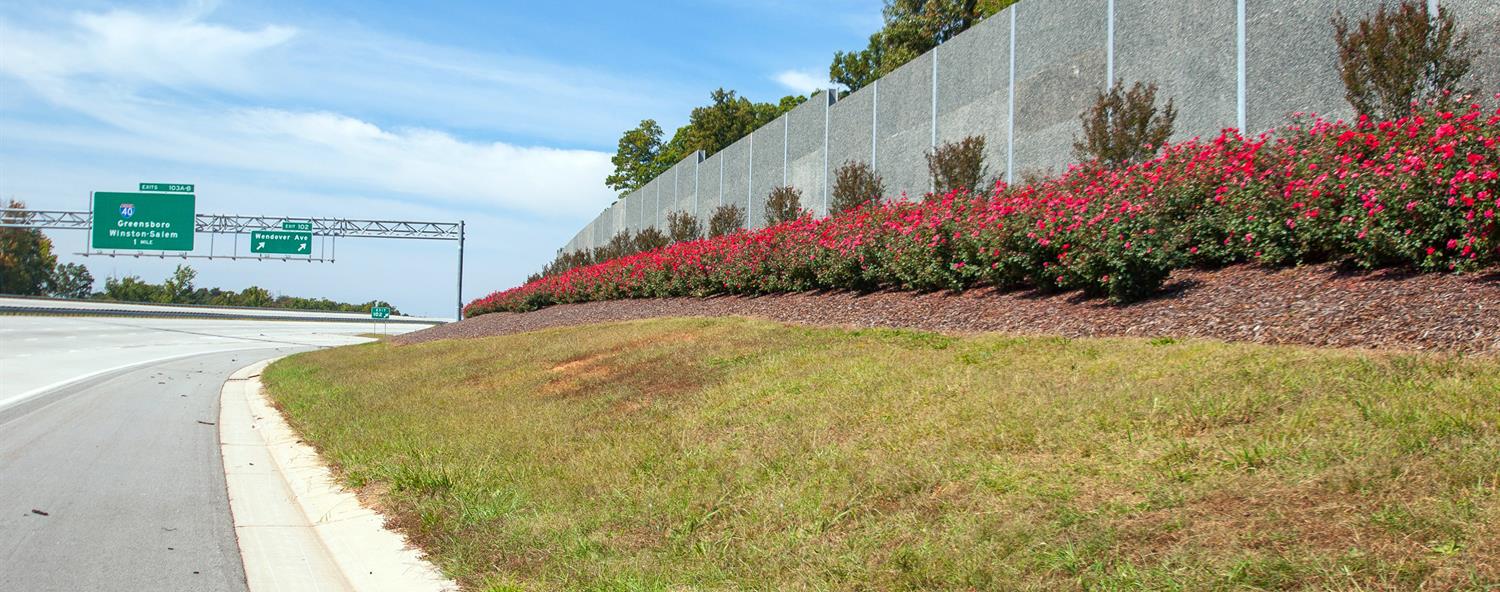
Growth has brought great demands on North Carolina's highway system, and the N.C. Department of Transportation is working to keep pace by continuously improving and expanding roads, bridges and freeways.
One of the department’s goals, when it comes to road projects, is to ensure that the surrounding environment is considered during the design and development of a project. That includes examining how traffic noise might have an impact on a community and what measures can help reduce traffic noise.
Analyzing Noise
NCDOT’s highly qualified analysts use the latest state-of-the-art computer models and noise measurement equipment to predict how future traffic noise from road projects might affect an area.
Noise reduction measures, such as noise walls, are generally considered when the noise level is predicted to be 66 decibels or more – about the level of noise from a normal conversation from 3 feet away. This is the level at which most people tend to have to raise their voice to be heard.
NCDOT also considers abatement measures – noise barriers – when predicted noise levels exceed existing levels by 10 decibels or more.
When effective, noise walls can decrease noise levels by five to 10 decibels, which would be perceived as halving the loudness of the noise.
In addition to noise abatement devices, NCDOT is available to assist local governments in developing noise-compatible land-use guidelines so traffic noise is not as severe a problem with future development along roadways.
NCDOT actively looks for ways to increase the options available for reducing traffic noise in areas where noise walls are not feasible.